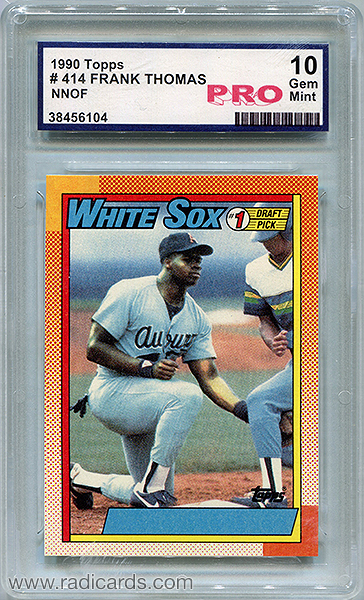
Is getting ripped off a choice?
This is the question. The answer should be obvious. In this article, we’ll cover a few tips to help you avoid making poor investment decisions.
When you agree to a financial commitment, you absorb the risk associated with the items value whether it is above or below current market par. When you make a purchase, it’s your responsibility to do your due diligence by conducting research ahead of time. This is especially the case with items of significant value.
Let’s get one thing straight here – It’s your choice to pay for an item so it’s not the seller’s fault if you overpay or accidentally buy a fake. The sooner you accept this little fact, the better off you’re going to be. Let’s start off by learning about the seller.
Get to Know the Seller
Focus on being an investigator, an educator, and a researcher before considering a purchase. When dealing with a seller, be sure to ask probing questions. This will allow you to learn about the seller. Examples of helpful questions are:
- How did you acquire this?
- How long have you had it?
- Do you collect and if so how long and what specifically?
- What are you looking to do with this?
The more you know, the better off you’ll be. Look for honest replies; look for storytelling; look for legitimate responses – this is absolutely key!
Legitimate Response -> Authenticity -> Strengthens Buyer/Seller Trust -> Builds Confidence in the Negotiation
When I feel confident about the legitimacy of the seller, I’ll feel more confident about the interaction.
Become a Category Expert & Learn to Spot Fakes
The other piece of this is being a category expert. If you know your niche like a tenured professor knows his field, you’ll be in a better position to educate the seller on what they’re selling. This is especially important with high profile items that are susceptible to counterfeiting. Let’s say a seller brings you a raw example of one of the following cards, each of which has been abundantly counterfeited:
- 1986 Fleer Michael Jordan
- 1952 Topps Mickey Mantle
- 1985 Topps Mark McGwire – For a detailed review of how to spot fakes of this card, click here.
You’ll need to know what to look for in terms of how to spot counterfeits with these cards and others like them. When you know how to spot a fake, you can educate the seller should they have one because they may not even know. Some of this information is exceptionally subtle and sometimes difficult to distinguish for even the most tenured of hobby veterans.
The bottom line here is this – do your homework. If you’re unsure, phone a reputable third party to come in and have a look. Second and sometimes even third opinions are very necessary with high profile items. Front loading confirmation of authenticity prior to negotiation is always helpful.
Identify Red Flags and Don’t Be Afraid to Walk Away
On the flipside, if you don’t exercise care during the negotiation phase, you can greatly increase risk. For example, let’s say a seller comes to you with a stack of high-end cards that appear to have been well cared for. You then ask the seller how they got the cards and they reply with something like, “I just found ’em.” This is an instant red flag and may imply the cards were stolen. Be careful with how you carry out the remainder of the interaction. If it seems too good to be true, it’s best to walk away. A highly undesirable outcome is if you do buy the cards from the seller and a day later, the police arrive at your door for questioning and to seize the cards from you. If this happens, you’ll be out the cards and the money. It’s best to avoid this altogether by politely declining any interest in dealing with this kind of seller.

 Have you visited our store? Click here.
Have you visited our store? Click here.



No Responses